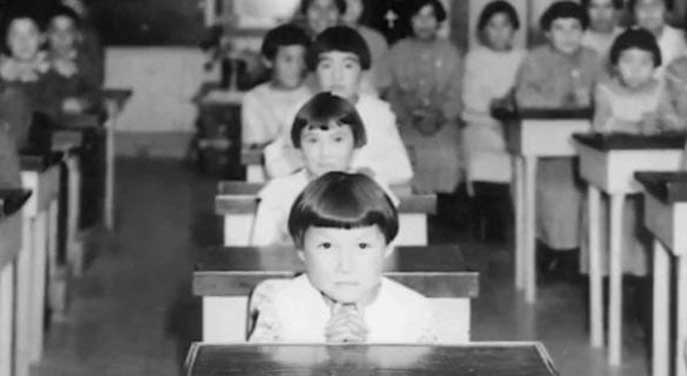 Canada Day 2021 was like none other in our history. The unmarked gravesites of children who died at residential schools seemed to be on everyone’s mind.
Canada Day 2021 was like none other in our history. The unmarked gravesites of children who died at residential schools seemed to be on everyone’s mind.
Efforts to “kill the Indian in the child” in residential schools did tremendous damage to our country. Today, Indigenous people are disproportionately represented in our prison system, their high school graduation rates are lower, rates of violence against women are higher, wages are lower, infant mortality rates are higher and a large percentage of Indigenous children don’t live with their biological families.
It’s important to be aware of these facts but we must also understand that there are always underlying reasons for such statistics.
Canada is facing a pivotal moment. We can choose to continue to try to keep the truth buried or we can choose to heal.
A major step in the path toward healing took place when the Stephen Harper government initiated the Truth and Reconciliation Commission in 2007. This was followed by Harper’s official apology to residential school survivors in Parliament a year later. The TRC worked for eight years and, shortly after Prime Minister Justin Trudeau took office in 2015, published the 94 Calls to Action.
I would strongly encourage all Canadians to study these because they apply to every one of us.
Educators play a particular role in helping Canada heal from the wounds caused by generations of abuse in our residential school system. Former senator Murray Sinclair, who headed the TRC, stated, “Education is the means by which we will be able to fix this.”
Our efforts to become educated, however, must extend far beyond the school system, at least for the moment. People working in government, social services, the judicial system, churches, the health-care system, business and all who take part in forming our democracy need to understand their role in healing Canada.
Those of us working in education need to understand that our responsibility extends far beyond our current generation. We’re training future social workers, health-care workers, lawyers, business people, educators, religious leaders and voters. Among those students are Indigenous youth, many of whom are impacted by the intergenerational trauma of the residential school system.
The most immediate challenge for our school system, as stated in one of the Calls to Action, is to “close identified educational achievement gaps within one generation.” In doing so, we’re to develop culturally appropriate curricula, enable parents to fully participate in the education of their children and respect and honour treaty relationships. We’re also challenged to revitalize Indigenous languages.
The task seems overwhelming but I can see progress. I believe implementing these Calls to Action has made me a better educator and a better human. Exploring and trying to put into practice Indigenous ways of knowing and being has been very enriching
I work in the school district with the highest number of Indigenous students in British Columbia, and in a school with significant Indigenous enrolment. I’m especially grateful for the guidance and support I receive from our Aboriginal Education Department.
But there’s still a lot of work to be done. A 2016 report published by School District 57, Prince George, makes this quite clear. For example, there are still significant gaps in achievement between Indigenous and non-Indigenous students.
The 94 Calls to Action provide only a starting point because the path ahead hasn’t come fully into focus. My role as an educator is pivotal, not only in empowering Indigenous students but in empowering all students to find the way forward.
Canada is a great country and part of greatness is having the courage to look honestly at ourselves. We will get through this sad time in our history and we will do it together.
Troy Media columnist Gerry Chidiac is an award-winning high school teacher specializing in languages, genocide studies and works with at-risk students. For interview requests, click here.
The views, opinions and positions expressed by columnists and contributors are the authors’ alone. They do not inherently or expressly reflect the views, opinions and/or positions of our publication.
© Troy Media
Troy Media is an editorial content provider to media outlets and its own hosted community news outlets across Canada.



